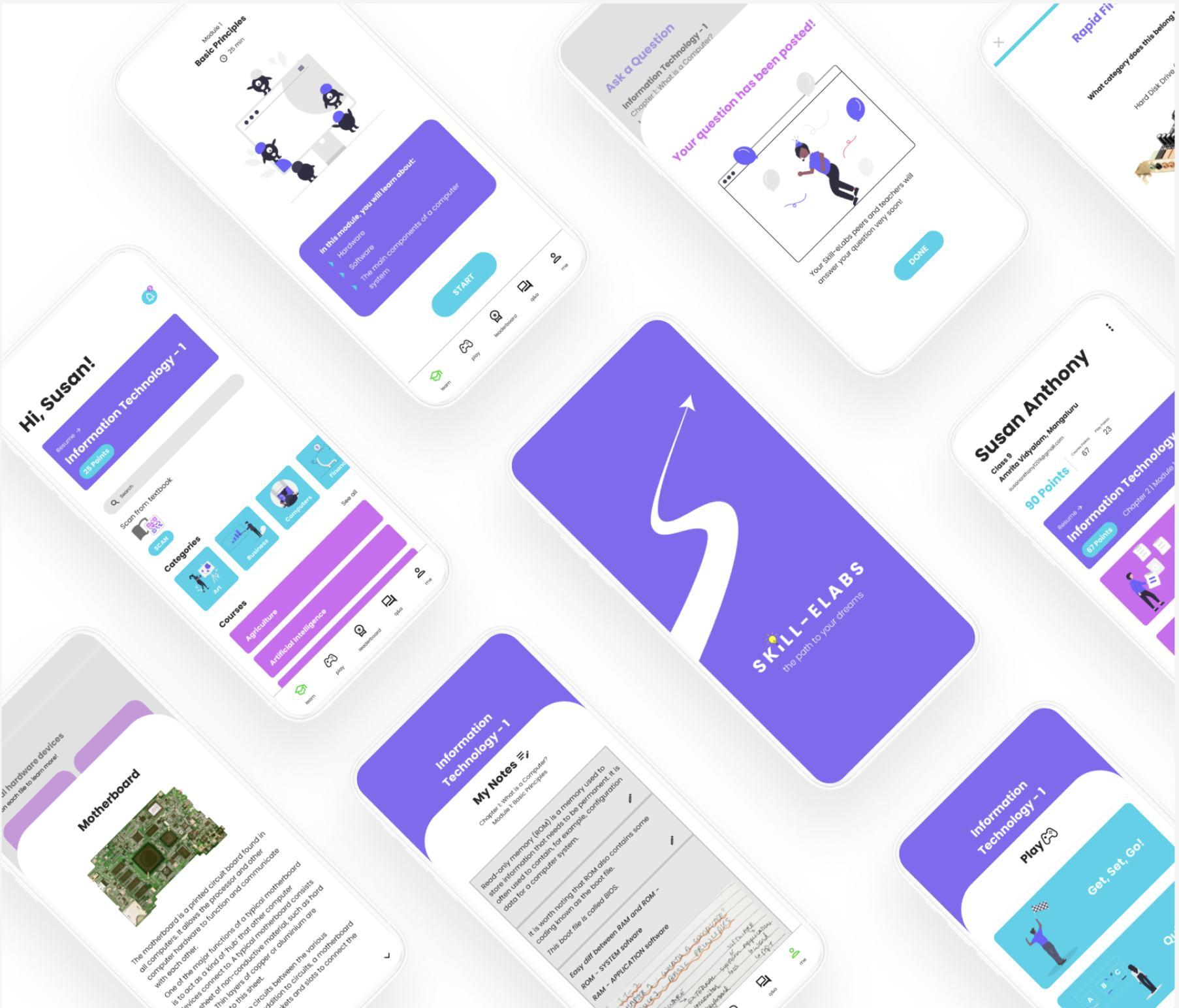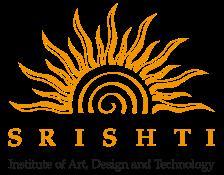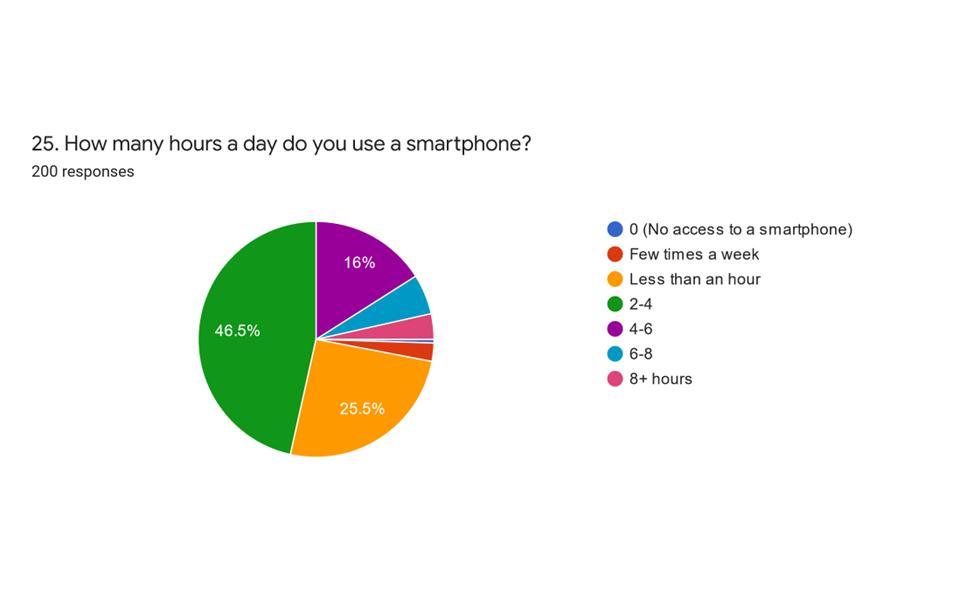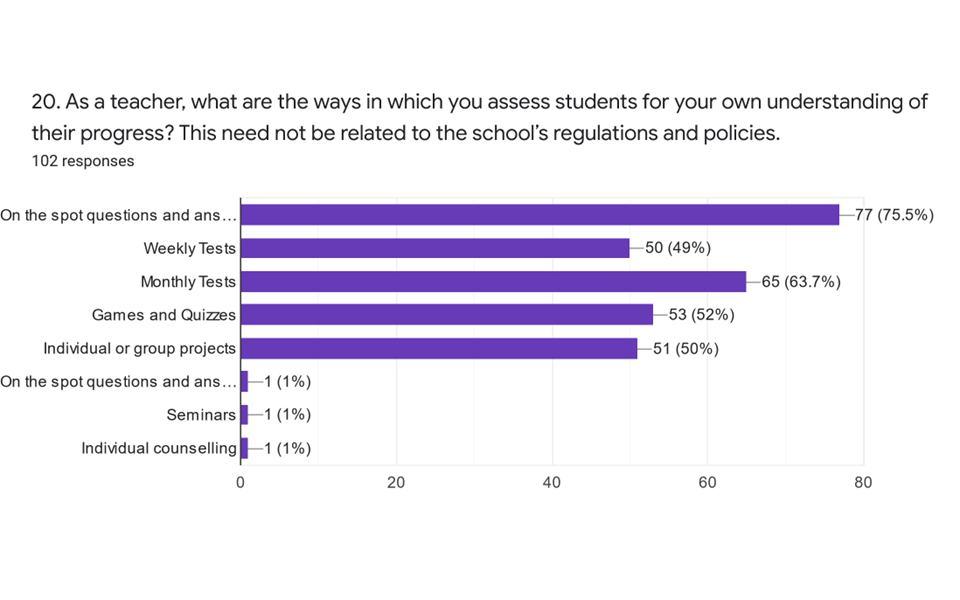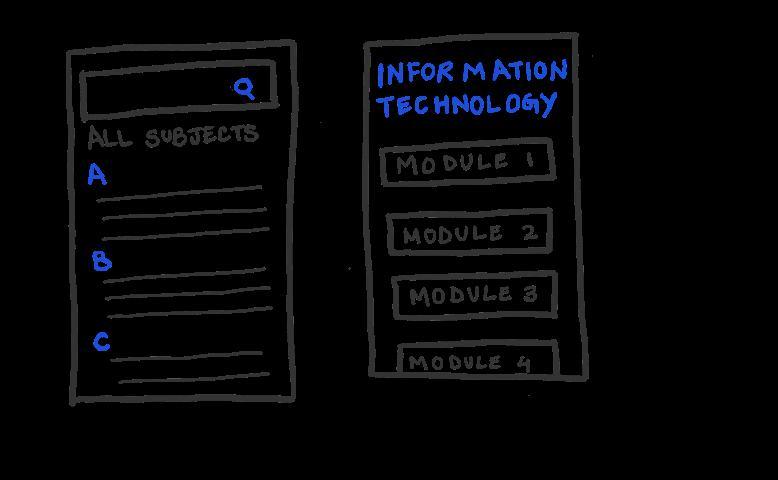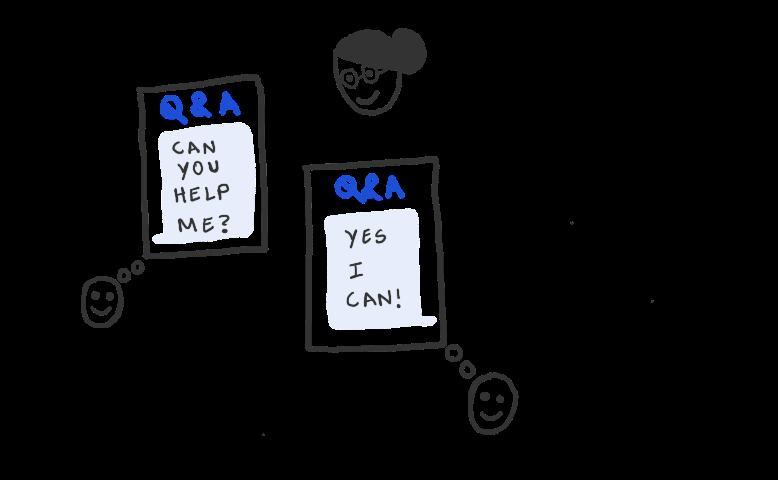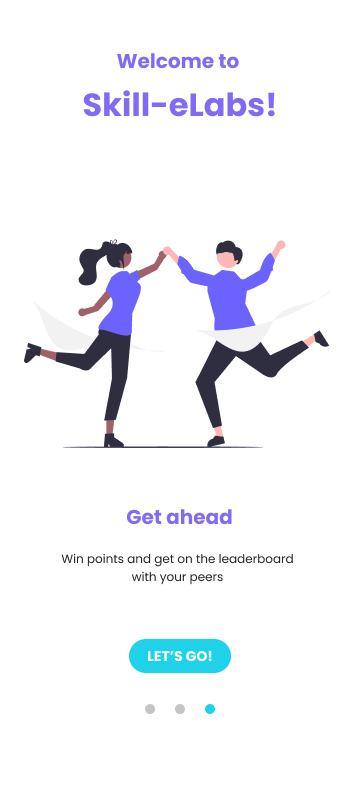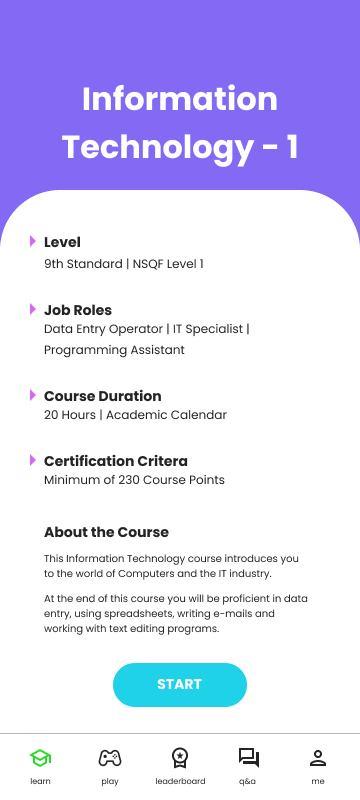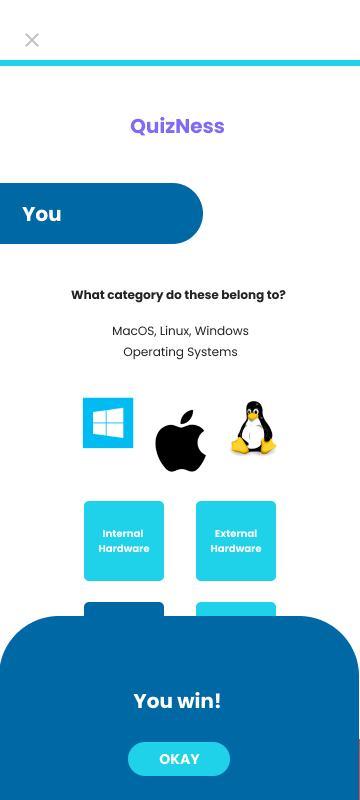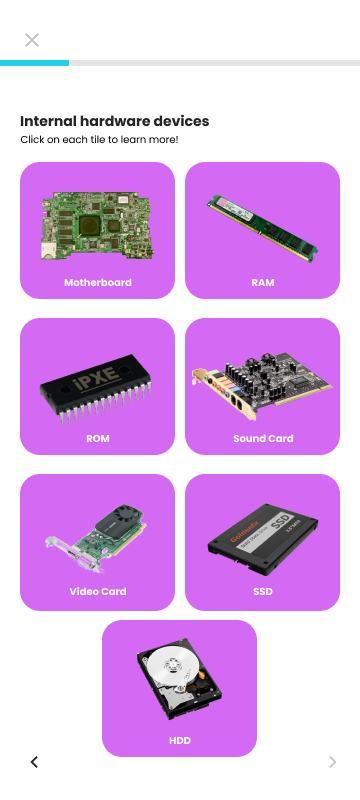Hej! I am Aditi
My name means 'the cosmos' in Sanskrit, reflecting my belief in limitless creativity.
With a B.Des in Human Centered Design from Srishti Institute of Art, Design and Technology and professional experience as a UX Designer at an EdTech company, Simplilearn Solutions Pvt. Ltd., I have developed a strong foundation in design thinking, design research, and user experience design.
MSc programme in Interaction Design at Malmö University
I am eager to expand my expertise through the . Through the programme’s hands-on approach, I aim to master the integration of design, technology, and human behaviour to craft intuitive and impactful solutions for real-world challenges.
Thank you for reviewing my work sample.
aditisingh2106@gmail.com | +91 9620671417 | https://www.linkedin.com/in/aditi-singh-5809b8189/
SKILL-ELABS
A vocational education smartphone application for school students in India.
user experience design design research
instructional design
Undergraduate thesis project
Awarded the Certificate of Commendation for outstanding work by Srishti Institute of Art, Design and Technology.
Project stakeholders:
Ministry of Education, Government of India AMMACHI Labs,
Amrita University
Project type: Academic individual project
Location: Bengaluru, India
Semester: 4th Year 2nd Semester
Srishti Institute of Art, Design and Technology
65%
Average drop-out rate of Indian school students in standards 9-12
About the project
2% of India’s workforce is skill trained
80% of unemployed Indians are from the youth demographic
50% of students will be vocationally trained by 2030*
*National Education Policy, Ministry of Education, Government of India
Initiated by the Ministry of Education, Government of India, and overseen by AMMACHI Labs at Amrita University, the Skill-eLabs project aimed to .
develop a vocational education app for Indian Central Board of Secondary Education (CBSE) students in standards 9–12
This was an individual undergraduate thesis project
The design challenge was to address the lack of engaging vocational training, a factor contributing to both unemployment and the mismatch between workforce demands and skill levels. The goal was to create a user-friendly app that would make vocational education accessible and relevant for students, supporting India’s aim to vocationally train 50% of students by 2030.
completed in my final year at the Srishti Institute of Art, Design and Technology. I managed the entire design process, from research and ideation to user testing and final prototyping.
Being responsible for the full development cycle allowed me to apply theoretical frameworks to generate concepts, which I then executed using my technical skills.
Watch the Skill-eLabs prototype video!
Research activities
Literature reviews
Reviewed instructional design frameworks and Edtech trends.
Benchmarking
Analysed existing digital interventions in the vocational education space.
Research insights
Smaller chunks of information are easier to retain.
Repetitive questions and tests boost concept retention.
Interviews
Interviewed experts in information technology and instructional design.
Curriculum check
Reviewed the CBSE textbook for the vocational subject of information technology.
Friendly competition motivates students.
Publicly displayed rewards encourage students to strive for further excellence.
Masterclasses
Attended hands on sessions led by experts in AR/VR, curriculum design, neuroscience.
Offering resources beyond textbook material encourages curiosity.
To understand learning and teaching methods, survey responses
Insights from the survey
Students
58% of students use online forums to clear doubts and engage in informal learning.
64% of students enjoy educational games (Kahoot, Duolingo) because they can display earned awards.
2-4 number of hours of smartphone access students get per day.
Teachers
1-2 number of hours teachers spend teaching vocational subjects per week
77% of teachers use on-the-spot quizzes to assess their students.
72% of teachers believe that rewarding learners leads to better performance.
Insights to concepts
Research insights:
Smaller chunks of information are easier to retain
Students study for 2-4 hours a day after school ends
Students spend 1-2 hours on a smartphone per day.
Concept: Streamlined learning mod les
Research insights:
Repetitive questions and tests boost concept retention
58% of students use online forums to clear doubts and for informal learning 77% of teachers use on-the-spot quizzes to assess their students.
Concept: Interactive learning
Research insights:
Friendly competition motivates students
64% of students like educational games because they can showcase rewards 72% of teachers believe that rewarding learners leads to better performance.
Concept: Gami cation
Sketching ideas into digestible modules.
A moderated forum for peer-to-peer discussion will be available. tested through quizzes and games.
Learning and quiz points contribute to leaderboard rankings.
Information architecture of the Skill-eLabs app
User testing
The initial prototype of the Skill-eLabs app was tested with five CBSE students. Their feedback was incorporated to refine the app.
Insights from user testing
User insight:
“I don’t read the whole textbook during exams, I just look over the highlighted sections and my notes.”
Design response: Enabled both highlighting and note-taking capabilities in the app.
User insight:
“At the end of a module, it would be helpful to have a summary of the key points, like a cheat sheet.”
Design response: Provides module summaries and answers to completed tests.
User insight:
“The memory-refreshing games are awesome! Can I test my knowledge by playing with my friends?"
Design response: Introduced quizzes in both single-player and multiplayer formats.
How does the Skill-eLabs app work?
Learn
Students learn a subject, participate in interactive games, earn learning points, and appear on the Skill-eLabs leaderboard.
Play
Students play quick games to check their understanding of concepts, either individually or with their peers.
Students input their details to find vocational subjects matching their interests. Onboarding
Q&A
Students post queries on a public forum, receiving responses from both peers and teachers.
Me
Students create and view their notes, and also access bonus content from their lessons.

